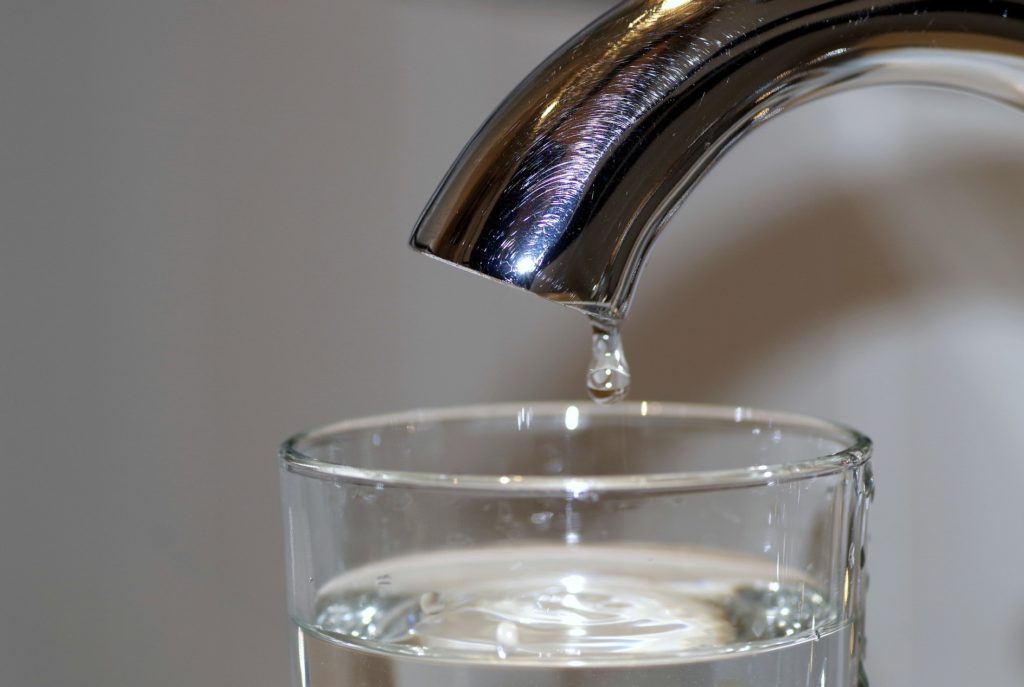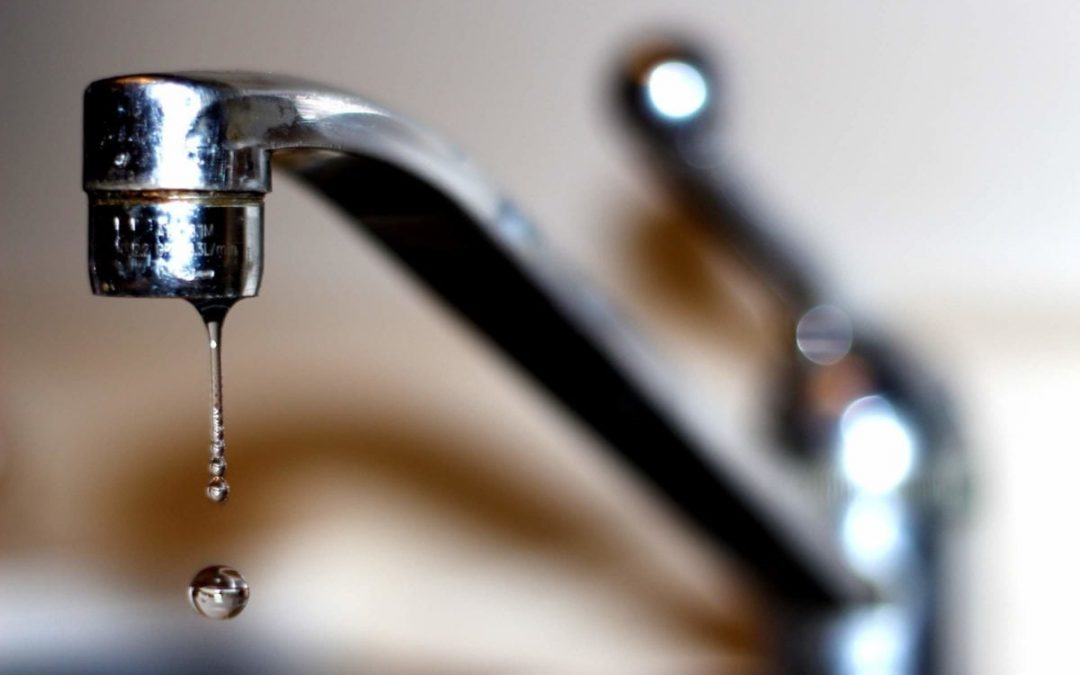Leading Ways for Addressing Low Water Pressure in Your Home
Book Your AppointmentEvery person seems to have their unique theory involving Low Water Pressure in the House?.

Low tide stress in your house can be a discouraging issue, impacting whatever from showering to washing recipes. If you're experiencing weak water flow, there are several feasible reasons and services to explore. In this overview, we'll review typical reasons for low tide stress and sensible actions to attend to the issue properly.
Introduction to Low Tide Pressure
Low water pressure occurs when the flow of water from your taps, showers, and other components is weaker than normal. This can make everyday tasks much more challenging and less efficient. Understanding the causes of low water pressure is vital to discovering the right remedy.
Typical Causes of Low Water Stress
Faulty Pressure Regulatory Authorities
Pressure regulatory authorities are accountable for maintaining regular water pressure in your house. If they malfunction, it can lead to low tide pressure or irregular flow throughout your house.
Community Water Issues
In some cases, the problem exists outside your home. Municipal water system issues, such as main line leaks or upkeep work, can briefly decrease water stress in your location.
Pipe Obstructions
Gradually, pipelines can become blocked with natural resource, sediment, or particles, restricting the flow of water. This is a typical concern in older homes with galvanized steel pipes.
Corrosion
Rust within pipelines can lead to leakages and reduced water pressure. Rust accumulation can tighten water flow, especially in aging plumbing systems.
Just How to Diagnose Low Water Pressure
Checking Pipelines
Evaluate noticeable pipelines for signs of leakages, deterioration, or clogs. Pay attention to any unusual noises, such as banging or rattling pipes, which might show issues within the plumbing system.
Consulting with a Plumber
If you're unable to pinpoint the reason for low water pressure, consider hiring a specialist plumber to perform a detailed inspection. They can identify underlying issues and advise appropriate solutions.
Examining Faucets and Fixtures
Beginning by examining the water stress at various faucets and fixtures throughout your home. If the concern is separated to details locations, it may suggest localized troubles.
DIY Solutions to Fix Low Tide Pressure
Flushing Hot Water Heater
Debris buildup in the water heater can restrict flow and decrease effectiveness. Purging the container occasionally aids eliminate sediment and keep ideal performance.
Checking Stress Regulator
Make certain that the stress regulator is operating correctly. Readjusting or changing the regulator can aid bring back proper water stress throughout your home.
Cleaning Aerators and Showerheads
Natural resources can gather in aerators and showerheads, minimizing water flow. Get rid of and clean up these parts consistently to enhance water stress.
Cleaning Clogs in Pipeline
For small clogs, attempt using a plumbing serpent or chemical drain cleaner to clear obstructions in pipelines. Be cautious when using chemicals and comply with safety standards.
When to Call a Specialist Plumber
If DIY initiatives fail to solve the issue or if you suspect considerable plumbing troubles, it's best to look for aid from a certified plumber. They have the expertise and tools to resolve complicated concerns securely and efficiently.
Safety Nets to Keep Water Pressure
Installing a Pressure Booster
Take into consideration setting up a stress booster pump to boost water stress in areas with regularly low circulation. This can be specifically advantageous for multi-story homes or residential or commercial properties with high-demand fixtures.
Tracking Water Use
Bear in mind water use behaviors and avoid overtaxing the plumbing system. Easy adjustments, such as staggering showers and laundry loads, can help maintain sufficient water pressure.
Regular Maintenance
Set up regular upkeep for your plumbing system to avoid problems such as rust, leakages, and blockages. Attending to minor troubles early can aid stay clear of even more considerable repair services in the future.
Final thought
Handling low water pressure can be frustrating, but identifying the underlying causes and executing proper remedies can recover optimal circulation throughout your home. Whether it's cleaning aerators, checking pipes, or consulting with a plumber, taking proactive actions can make sure a stable supply of water for your daily demands.
FOUR WAYS TO FIX LOW WATER PRESSURE NOW
Turning on a shower or faucet only to find the water comes out in a sad, slow drizzle is never a good feeling. How exactly are you supposed to wash a pan or take a quick shower when it takes 10 minutes just to rinse off a little soap? The good news is that when your water pressure is bad, there's always a cause: typically one that can be easily fixed. Here are some of the most common causes of low pressure and what you can do to fix the issue:
DEBRIS AND MINERAL DEPOSIT BUILDUPS
If you notice low water pressure from just one or two of the fixtures in your house, the problem likely has to do with debris buildup. Water is full of minerals and other debris, all of which can accumulate in your pipes and on your fixtures. This can cause a blockage that affects how much water flows through. To fix this, try filling a small plastic bag with white vinegar, and use a rubber band to hang it around your showerhead or faucet. Let the head of the fixture soak for a few hours, and the vinegar should loosen the deposits.
WATER LEAKS
Leaks are another common cause of low water pressure. If water is flowing out of your plumbing through a hole or crack before it can reach your fixture, the pressure coming out of the faucet or showerhead will be lower. A plumbing professional is your best bet for finding and repairing a leak in your water supply pipes.
Leaks are another common cause of low water pressure. If water is flowing out of your plumbing through a hole or crack before it can reach your fixture, the pressure coming out of the faucet or showerhead will be lower. A plumbing professional is your best bet for finding and repairing a leak in your water supply pipes.
A VALVE ISSUE
If you have low water pressure throughout your home, check your main shut-off valve to make sure it's completely open. You may also want to see if there's a pressure-reducing valve installed. If there is, have a plumber help you adjust the settings to get the pressure you're looking for.
OTHERS USING WATER
Believe it or not, your low water pressure could be caused by your neighbors. If you notice low pressure at certain times of day, it may be because you and the people living next to you have similar schedules - when everyone is showering at the same time, the pressure will be lower in every home. Low pressure throughout the neighborhood may also be caused by an issue with your municipal water supply. If that's the case, call the supplier to see if they're working on the issue.
https://www.rotorooter.com/blog/water-leaking/low-water-pressure-fixes/

As a fervent reader about 10 Reasons for Low Water Pressure in Your House, I figured sharing that chunk was really helpful. Are you aware of someone else who is excited about Dealing with Low Water Pressure in Your Home? Please feel free to promote it. Thanks for your time invested reading it.
Click Here!